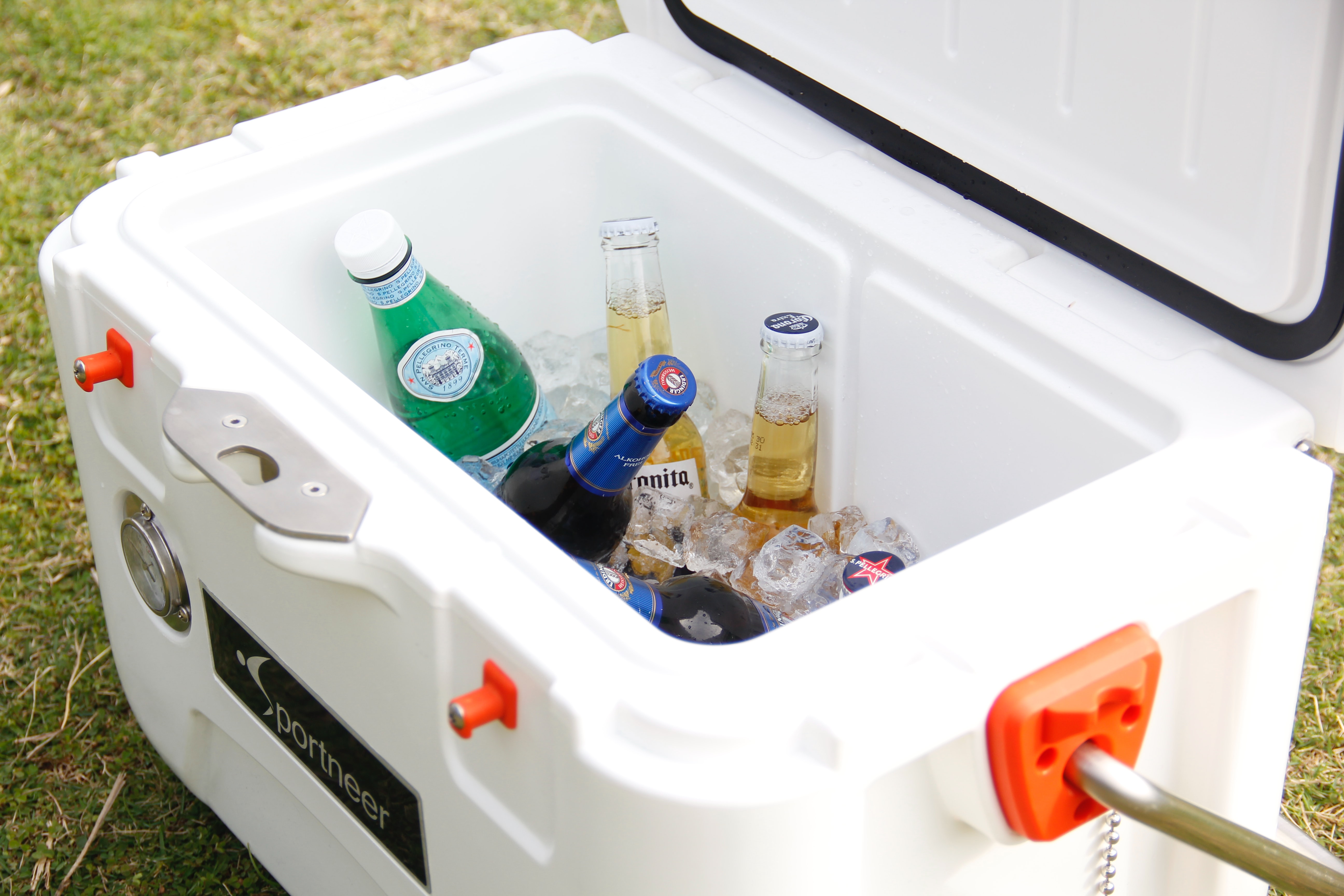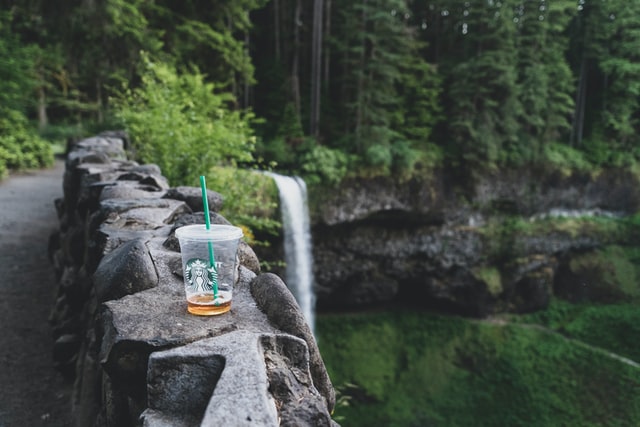Zero waste camping tips: 5 ways to reduce waste on camping trips
If you love camping, you probably love the great outdoors and want to preserve our natural areas.
One way we can reduce our impact on the environment while camping is to try zero waste camping. By reducing our waste on camping trips, we reduce our consumption of natural resources and keep the campgrounds we visit nice for the animals and plants that call those places home.
So what is zero waste camping? There are many definitions for “zero waste”, but essentially, zero waste is a goal to send no waste to landfills. This is achieved through the 3R’s: reduce, reuse, recycle. Reduce what you buy or use in the first place, reuse the materials that you do have, and recycle (or compost) materials that you can.
Don’t expect to go completely “zero” waste overnight, but start incorporating these zero waste camping tips the next time you go camping. As I mentioned in my definition, zero waste is a goal. Don’t expect to eliminate all waste on your next camping trip and then give up on zero waste camping the first time you put something in the trash. As long as you find new ways to reduce your camping waste, you’re having a positive impact on mama Earth!
By using these zero waste camping tips, you’ll be on your way to reducing your camping waste.
1. Use reusable dishes instead of disposable ones

On camping trips, it’s common to bring along single-use items like paper plates, plastic utensils, plastic bags, etc. because we’re away from home.
Instead of using these disposable items, use reusable kitchenware for your meals. Make sure to add water bottles, thermoses, dishes, and utensils to your camping packing list so you never forget to bring these essential zero waste camping items.
You can purchase dedicated dishes for camping at outdoor retailers, but it’s not necessary to buy new items to start reducing your waste on camping trips. I like to reuse take-out containers, which work as both a plate or bowl at the campsite and also let me take food to go when I venture out on a hike.
Stasher bags are also a great alternative to single-use plastic sandwich bags. I use these to pack along prepped food (e.g. chopped veggies) or to have on hand if I want to bring snacks to go when I leave my campsite.
You may also want to take a sponge, some eco-friendly dish soap, and a bin to wash your dishes in. I personally am pretty lazy about washing my camping dishes until I get home. Sometimes campgrounds with potable water will have dedicated areas for washing dishes, so make sure to follow your campground’s rules to keep people and wildlife safe.
2. Swap bags of ice for ice packs and frozen jugs of water

Ice is an essential item if you’re bringing a cooler full of food on your camping trip. You need to keep your food fresh for multiple days, after all.
Most campers buy bags of ice to fill their cooler. But this leaves you with empty plastic bags at the end of your trip. (And in my experience, a cooler full of soggy food floating in cold water once all the ice melts and leaks out of the bags).
My zero waste camping solution: keep reusable ice packs and frozen jugs of water in your freezer. That way they’ll be ready to go when you’re packing up for your camping trip. Once you get home from your zero waste camping trip, just pop them back in the freezer to reuse next time!
Bonus benefit of this zero waste camping tip: frozen jugs of water stay frozen longer than little ice cubes, and the melted ice stays in the bottle so your cooler doesn’t turn into a puddle and soak all your food.
3. Bring separate bags for trash and recycling (and composting)

If you aren’t quite at zero waste camping and still have some trash to handle at your campsite, make sure to pack enough trash bags to collect trash and recycling separately.
Set out one bag for trash and one bag for recycling at your campsite so you’ll actually sort your recycling just like you would at home.
You may have to bring the recyclables home with you if your campground doesn’t offer recycling. Make sure to dump your recyclables out of the trash bag into your recycling bin since many recycling facilities can’t handle the trash bags.
If you compost at home, bring a compostable bag on your camping trip to keep your food waste out of the landfill too!
4. Repair outdoor gear to extend the life useful life of your gear

Many campers don’t think of long-lasting outdoor gear as waste, but eventually your camping gear may get worn or damaged.
Before you throw out old camping gear, consider repairing it to prevent your gear from going to waste.
For minor gear repairs, check out your favorite outdoor retailer for repair kits to DIY your gear repairs.
REI sells repair kits for tents, sleeping mats, MSR WhisperLite stoves, as well as individual repair items such as seam sealer, tenacious tape, and zipper lubricant.
Or keep good old fashioned duct tape on your camping packing list. I’ve seen duct tape come in handy when a friend’s tent poles snapped upon arriving at our campsite.
Need gear repairs beyond your skill level? Check out this list of shops that will repair your outdoor gear (including mail-in options if you don’t live near any of these shops).
You can also check if the manufacturer sells replacement parts before you buy a whole new product.
For outdoor clothing, check out programs like Patagonia’s Worn Wear or The North Face Renewed.
Bonus of this zero waste camping tip: Repairing your gear can be more cost-effective than buying new if you’re trying to get outdoors on a budget.
5. Leave No Trace

The Leave No Trace seven principles are a set of practices to enjoy the outdoors responsibly. Using these principles helps preserve our natural world while we camp, hike, and recreate outdoors.
Leave No Trace principle #3 is to dispose of waste properly. Be sure to dispose of all your trash, food, and litter in your campground’s designated trash bins if they’re available, or bring your waste home with you.
Remember that this includes apple cores, peels, and leftover fruit and vegetables too. Some people discard these organic materials on the ground, thinking that they will decompose and harmlessly disappear. However, it can still take years for these food scraps to decompose and they attract wildlife in the meantime.
Keep any waste you generate where it belongs to keep wildlife wild and create a more enjoyable experience for the next campers who come to your campsite.
